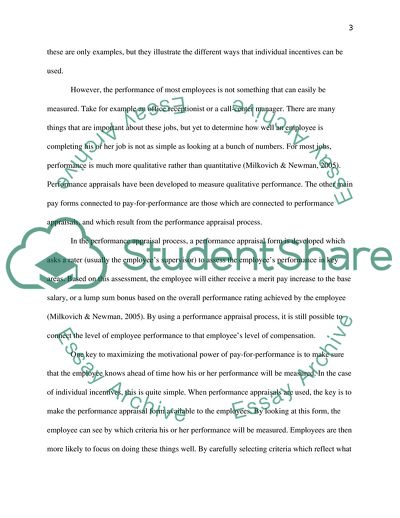Cite this document
(Enhancing Employee Satisfaction through Human Resource Practices Literature review Example | Topics and Well Written Essays - 1500 words, n.d.)
Enhancing Employee Satisfaction through Human Resource Practices Literature review Example | Topics and Well Written Essays - 1500 words. https://studentshare.org/human-resources/1737685-human-resources-and-labor-relations-acttivities
Enhancing Employee Satisfaction through Human Resource Practices Literature review Example | Topics and Well Written Essays - 1500 words. https://studentshare.org/human-resources/1737685-human-resources-and-labor-relations-acttivities
(Enhancing Employee Satisfaction through Human Resource Practices Literature Review Example | Topics and Well Written Essays - 1500 Words)
Enhancing Employee Satisfaction through Human Resource Practices Literature Review Example | Topics and Well Written Essays - 1500 Words. https://studentshare.org/human-resources/1737685-human-resources-and-labor-relations-acttivities.
Enhancing Employee Satisfaction through Human Resource Practices Literature Review Example | Topics and Well Written Essays - 1500 Words. https://studentshare.org/human-resources/1737685-human-resources-and-labor-relations-acttivities.
“Enhancing Employee Satisfaction through Human Resource Practices Literature Review Example | Topics and Well Written Essays - 1500 Words”. https://studentshare.org/human-resources/1737685-human-resources-and-labor-relations-acttivities.


